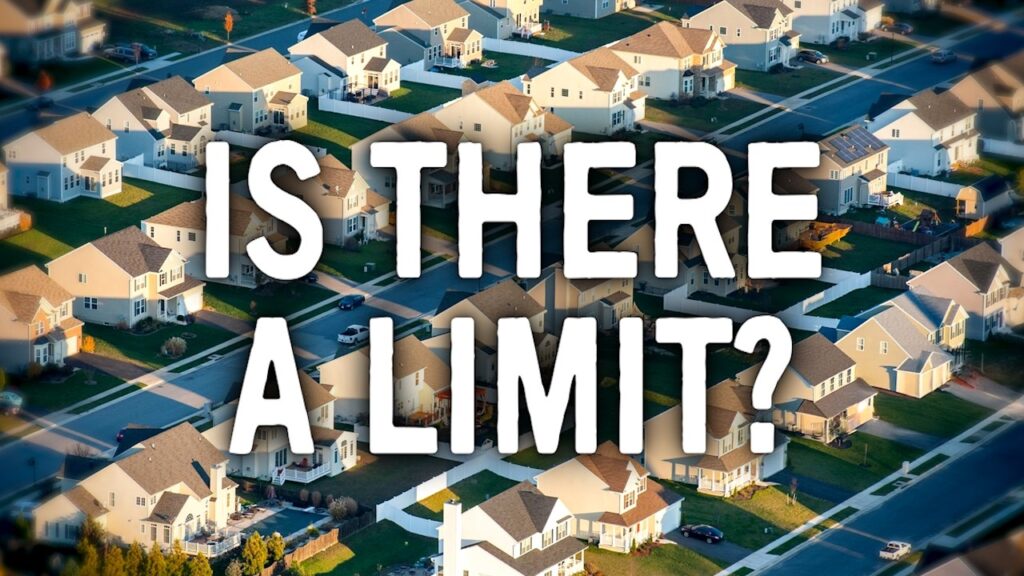Why Housing Affordability Is Collapsing and What It Means for You

Let’s be honest, buying a home in America has never been harder. The dream of homeownership used to mean stability and pride. Today, it’s starting to look more like a financial endurance test. People are stretching every dollar just to qualify, and younger generations are realizing that the “starter home” their parents bought is now out of reach.
The median age of a first-time homebuyer is now pushing 40 years old, and that says it all. To keep the dream alive, banks and developers are getting creative or desperate. We’ve got 1% down mortgages and even 40-year terms, just to make the monthly payments look affordable on paper. But the truth is, affordability has collapsed. Families are spending almost 40% of their income on mortgage payments, and in some cities like San Francisco or New York, it’s closer to 90%.
Here’s the crazy part: first-time buyers now make up the smallest share of the housing market in over 40 years. Many buyers can only afford new homes because they’re selling old ones at a profit. If you’re not already in the market, it feels like you’re locked out before you even start.
So what’s happening with prices? Well, median home prices have dropped slightly since the 2022 peak, but don’t be fooled. The market isn’t “cheap” it’s just shifting. There are 25% fewer homes being sold each month than before the pandemic. The ones that are selling tend to be smaller, lower-priced homes, while higher-income homeowners are staying put. It’s a tight squeeze that’s leaving middle-class buyers stuck in the middle.
Now, if you think this is bad, take a look around the world. The U.S. still looks “affordable” compared to countries like Canada, Australia, and the UK, where the average home costs between 8 to 9 times the average annual income. Here in the U.S., that ratio is 3.4. But if we followed the same path as those countries, our average home prices could easily double or even triple.
Why? It comes down to urban concentration where opportunity lives. About 31 counties in the U.S. produce over one-third of the nation’s economic output, and housing demand in those areas drives prices through the roof. New York is officially the most unaffordable city in America, with homes costing 12 times the average disposable income. But we’re not alone. Sydney, Vancouver, and London face the same issue. When jobs, culture, and wealth all pile into a few cities, prices explode.
Meanwhile, global examples show us where this can go if we’re not careful. In Beijing and Shanghai, the price-to-income ratio is nearly 40 times. Families there often live in apartments smaller than 300 square feet. Multi-generational living grandparents, parents, and kids all under one roof isn’t a cultural choice anymore; it’s an economic necessity.
The U.S. is already moving in that direction. The number of multi-generational households has increased for the first time in 160 years, and the average home size is shrinking for the first time in half a century. If we don’t start addressing housing supply, lending standards, and urban over-concentration, we could find ourselves facing the same affordability trap as the rest of the developed world.
So what can you do?
Stop thinking like a consumer and start thinking like an investor. The housing market isn’t designed for affordability it’s designed for profit. If you can’t buy yet, don’t panic. Use this time to build cash flow, improve your credit, and grow your income. Focus on investing in assets that produce income whether that’s dividend stocks, side businesses, or real estate syndicates so that one day, your assets can buy your house for you.
Because in this economy, waiting for the government or the banks to make housing “affordable” again is a losing game. You’ve got to play smarter. Build wealth first. Then buy freedom later.
All writings are for educational and entertainment purposes only and does not provide investment or financial advice of any kind.






